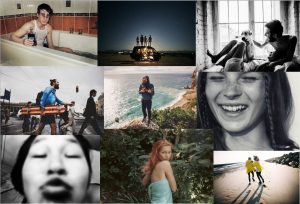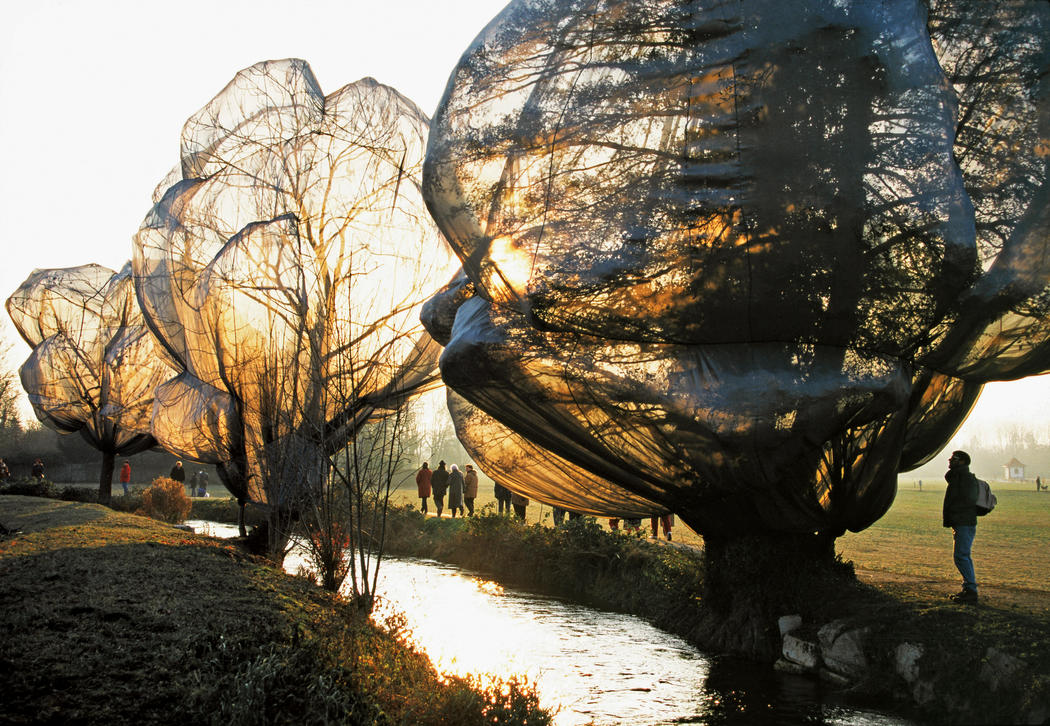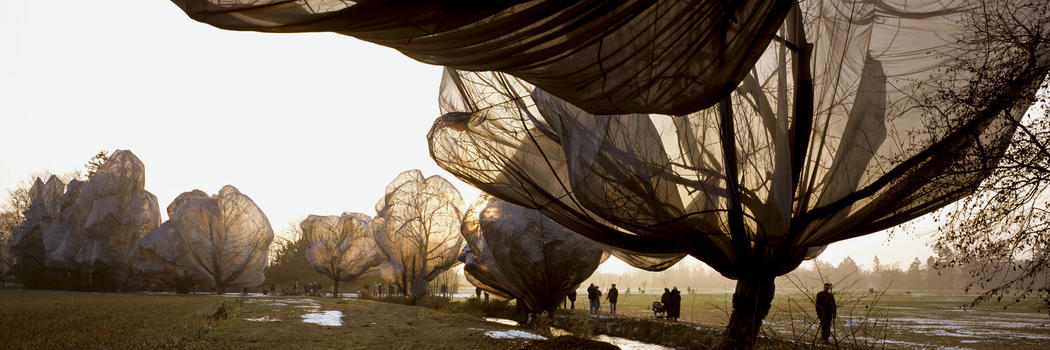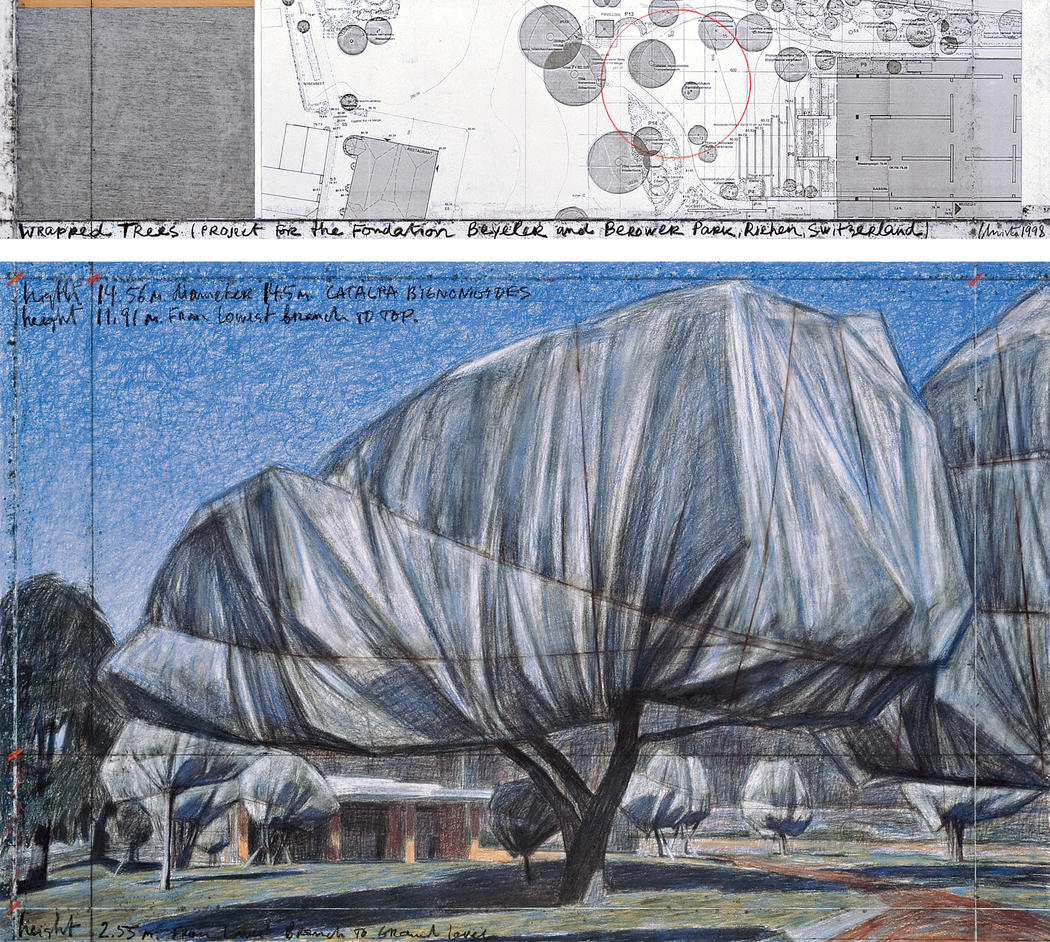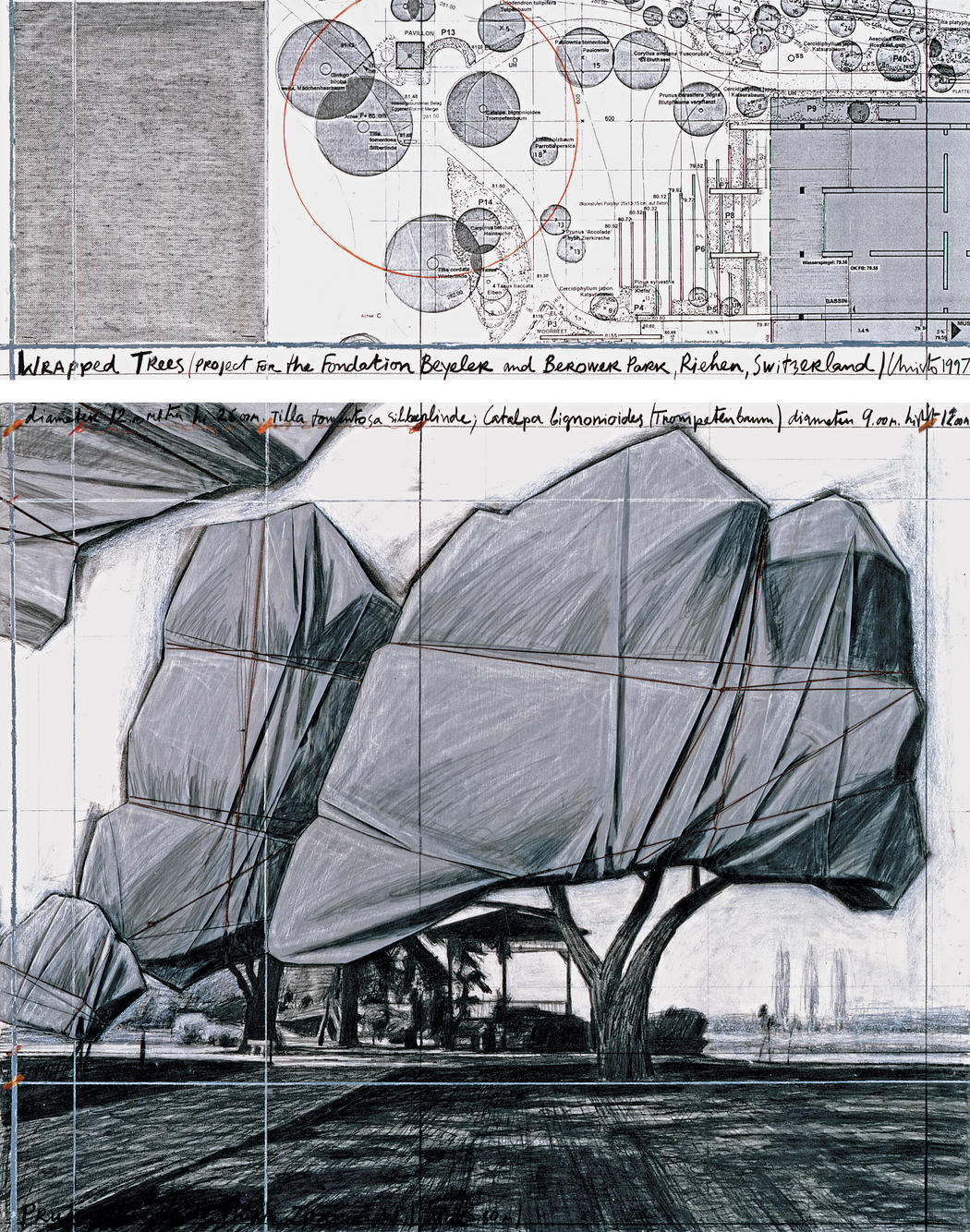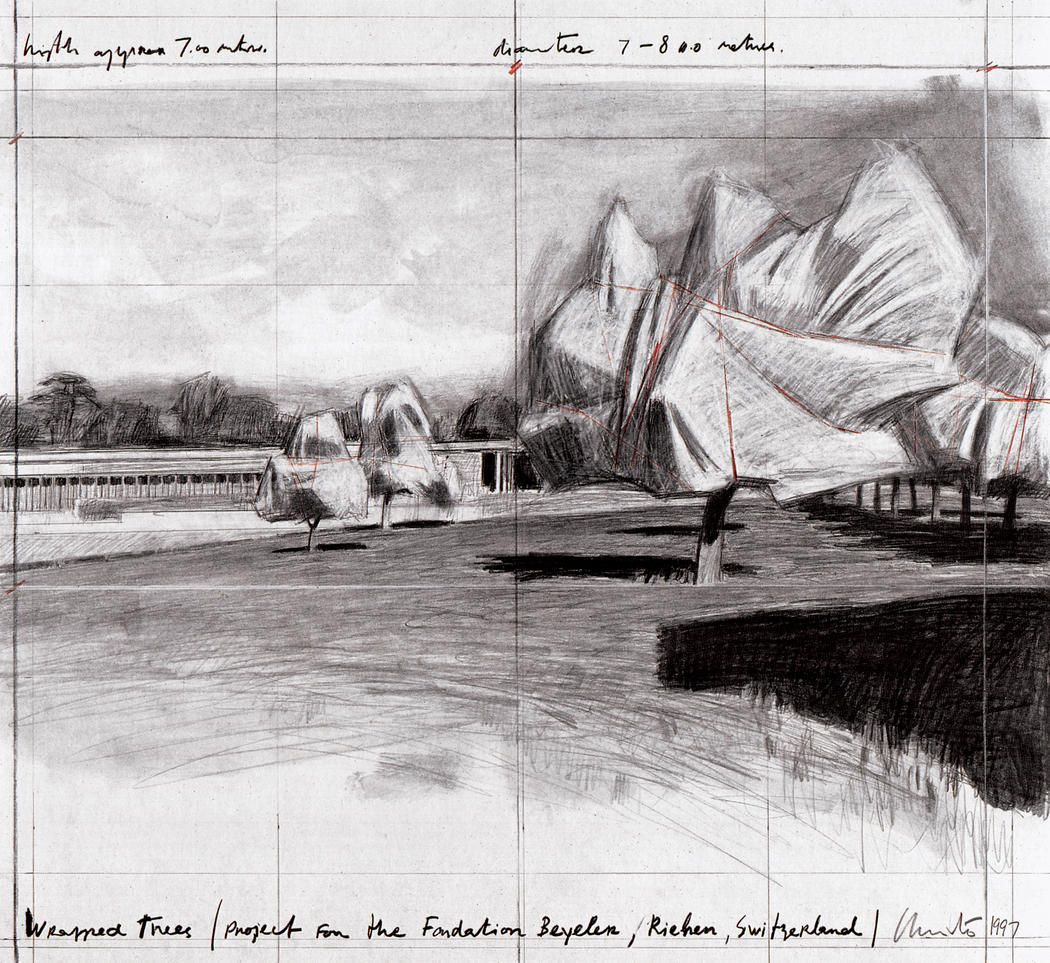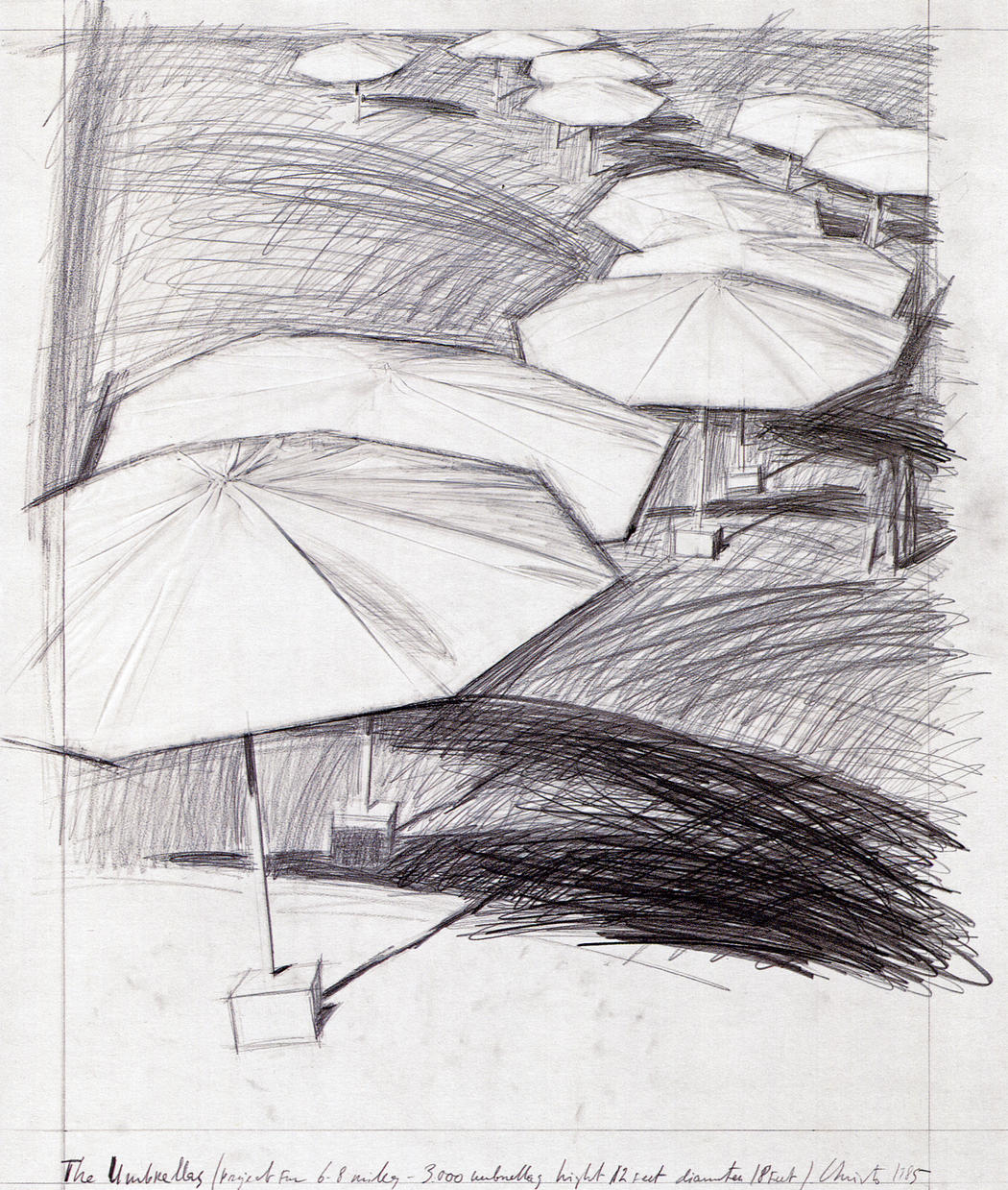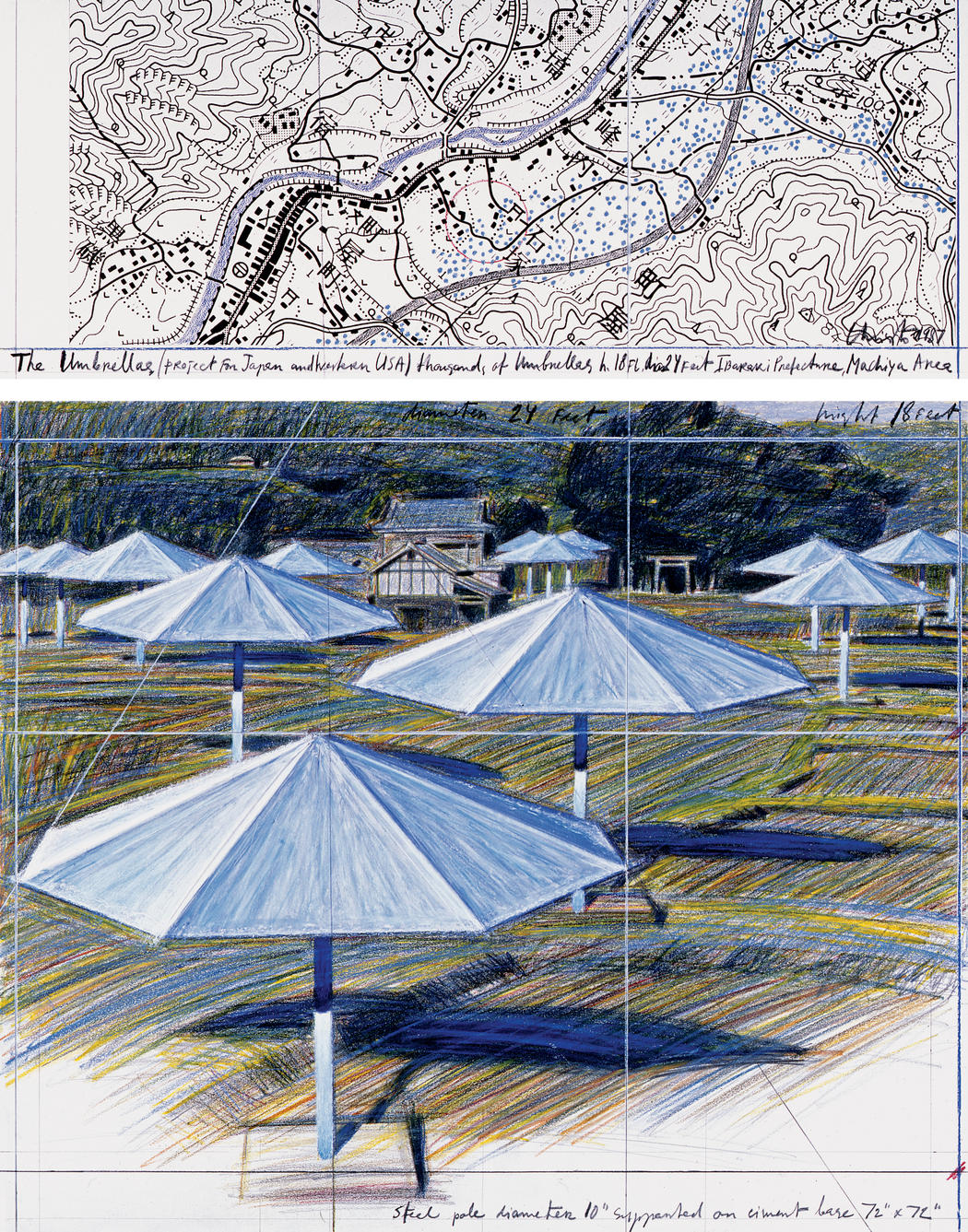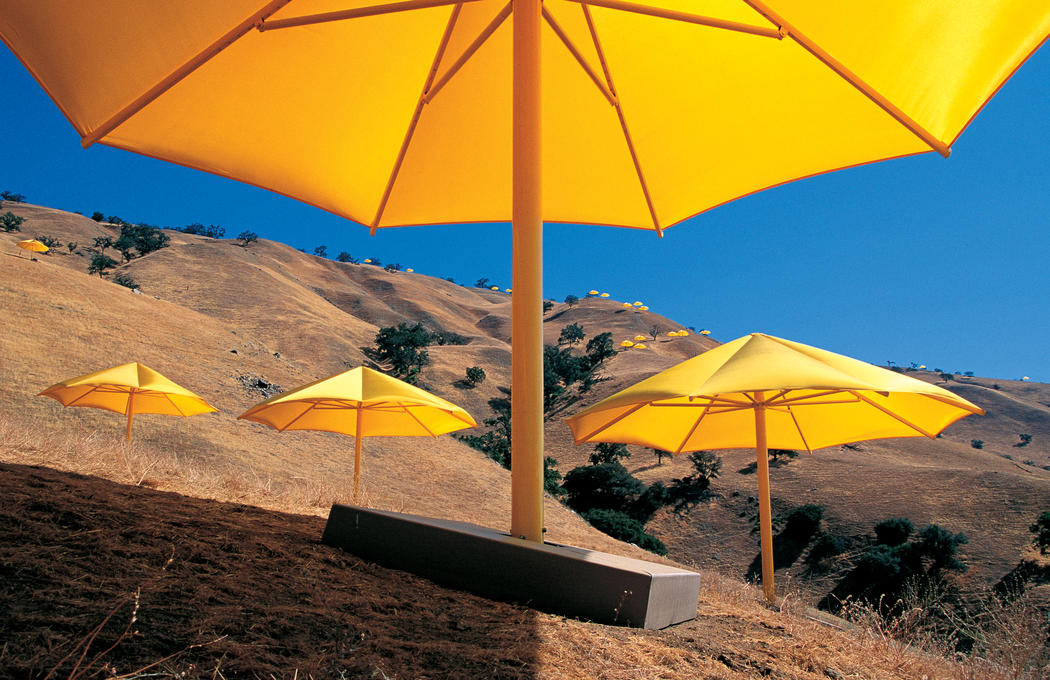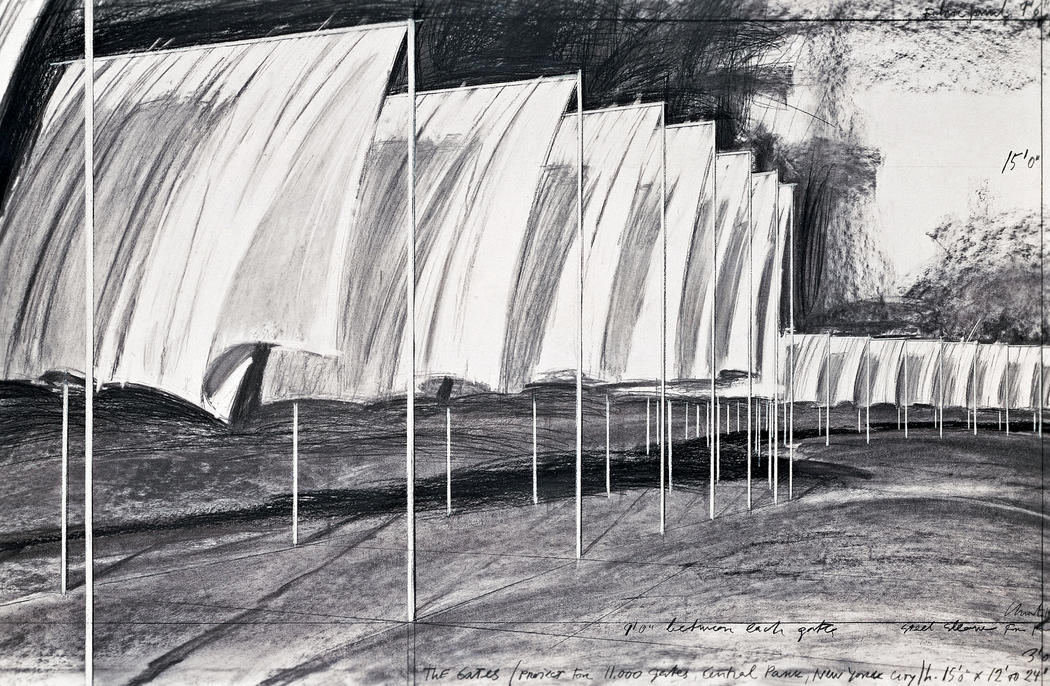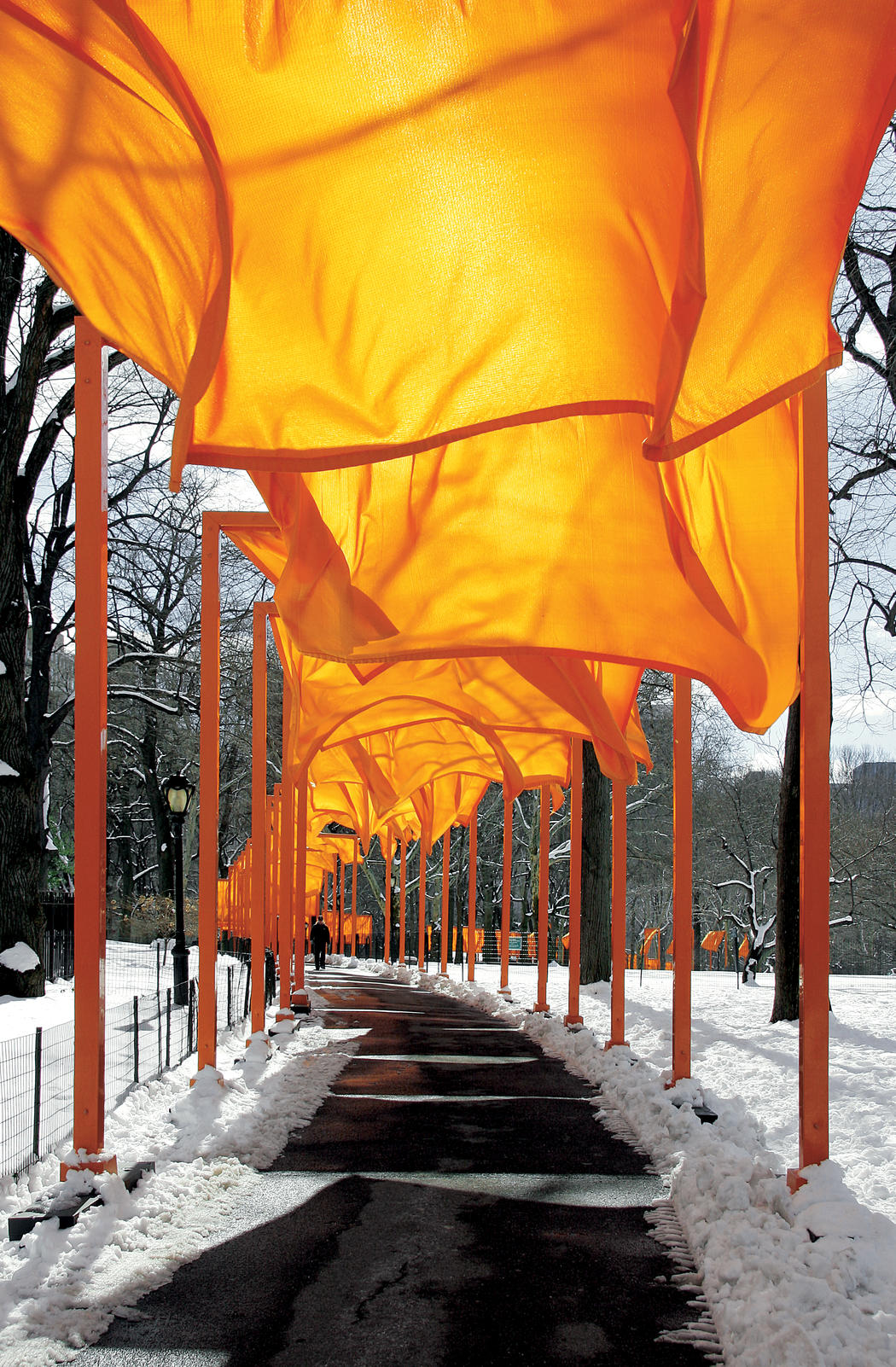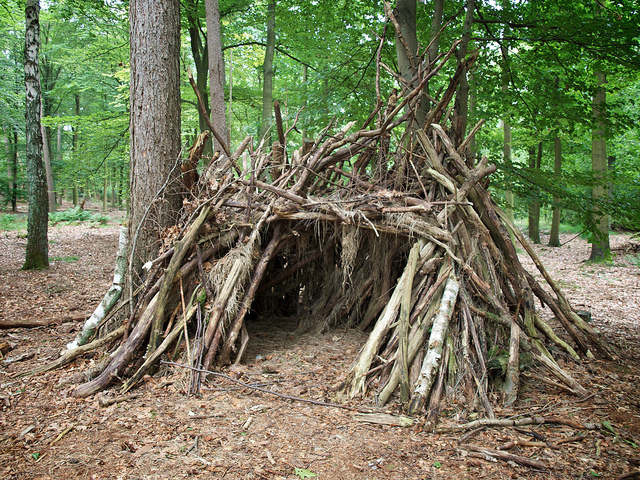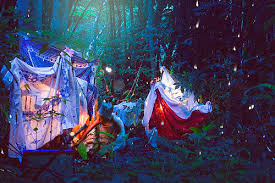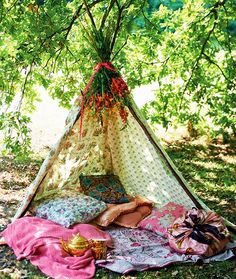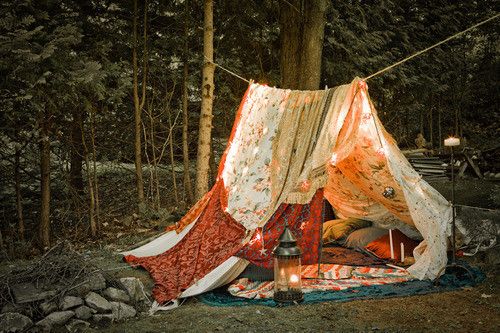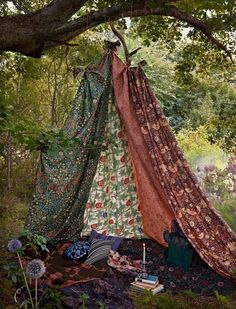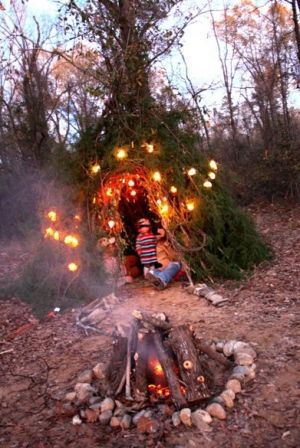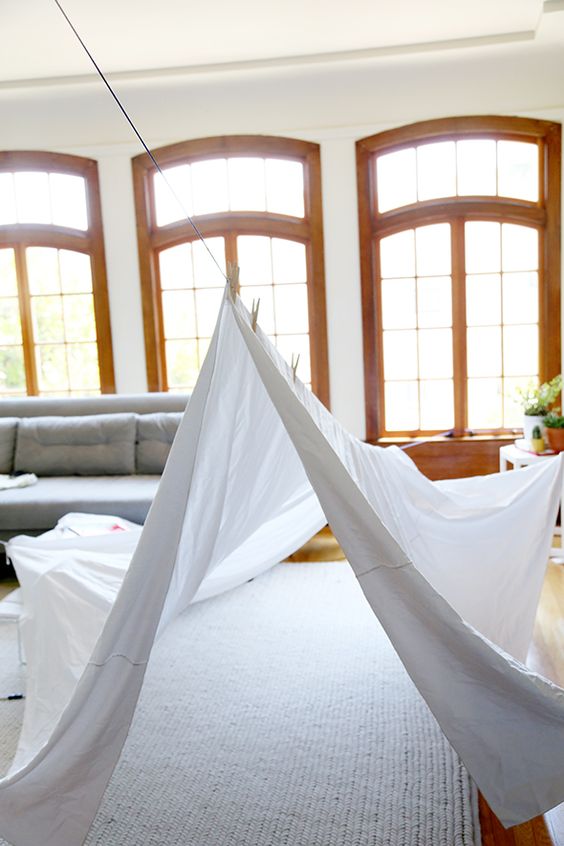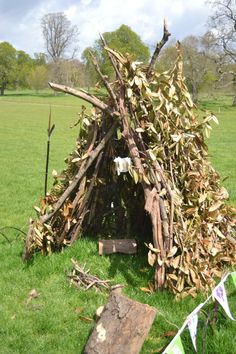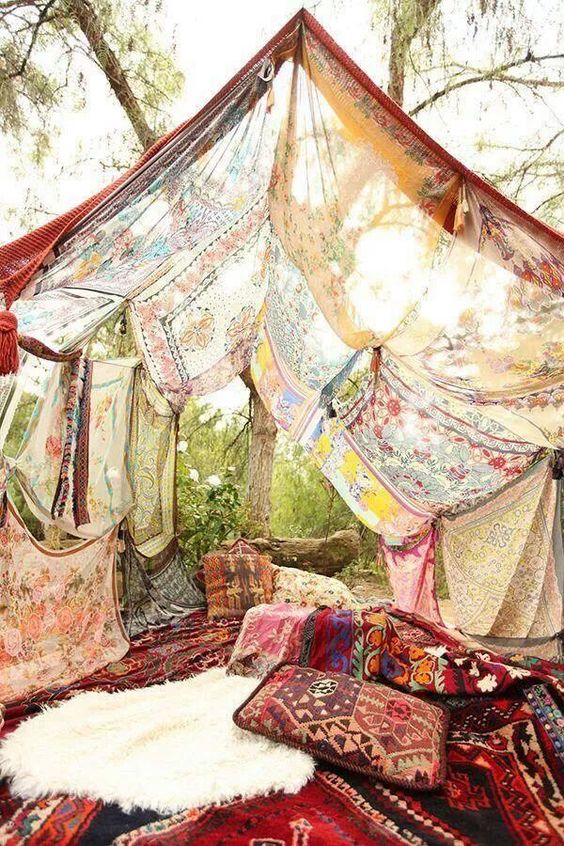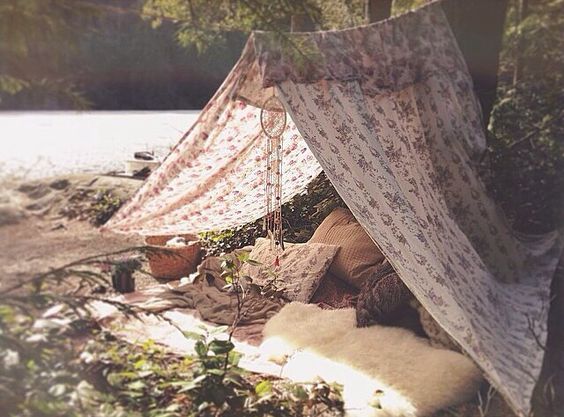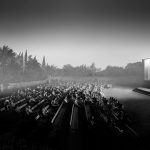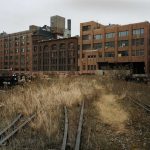In this essay I will be analyzing how fashion photography has changed from the 1920s to our current decade, with reference to the book ‘FASHION CULTURES, Theories, Explorations and Analysis’ Chapter 9 written by Elliot Smedley and edited by Stella Bruzzi and Pamela Church Gibson.
‘Fashion photography emerged within and grew to dominate the commercial arena during the 1920’s and 1930’s’ page 144
the reason behind fashion photography emerging and growing to dominate the commercial arena was because the cultural movement of Surrealism had a profound impact on fashion magazines in the 1920s and ’30s. For example, paintings by Salvador Dalí and Giorgio de Chirico featured in Vogue alongside avant-garde photographs by Man Ray. Some fashion photographers adopted their revolutionary principles, attempting to give visual expression to the unconscious mind. New techniques and unexpected juxtapositions were used to challenge perceptions of reality, to amuse and to disturb. Another example of fashion photograph being influence by Surrealism was the chief photographer of French Vogue, and later of Harper’s Bazaar, Baron George Hoyningen-Huene who inspired a generation. His own work reflected a painterly fascination with light, shade and classical forms. His protégé Horst P. Horst produced similarly inventive images, fusing surreal and classical motifs.

Photography by George Hoyningen-Huene for Vogue US in 1929.
One can see in the above image it has been influenced by the surrealism period as the below ladder has been painted on and the men aren’t actually climbing up, giving it a surrealistic effect.
Then elitist fashion imagery, which owed much to illustration, was superseded by more commercial picture. This was due to Hollywood being a large impact on the movement of fashion photography, because films began to be produced and it got extremely popular, therefore changing the way of fashion photography;
‘Films threw up the new role models, images of a consumer society, visually based fantasies and narratives, and new codes of representation’ (Craik 1994: 101) … most notably how they become ‘blemish free’.’ Page 145
When fashion photography was influenced by Hollywood, it was also a period of time when magazines didn’t want to show excess as it was during World War 2. In this time period Man Ray was also a key photographer as most of her photographs were social documentary as a recording of fashion, showing women in wartime Britain in every situations.
This realistic aesthetic emerged across sea’s and influenced the Americans. Alexandra Liberman, the art director a Vogue, realised that ‘the intimacy of the unopposed news photograph could be grafted onto fashion photographs to give them a wider appeal, greater realism’ (Harrison 1991: 42). This was shown when;
‘In the 1950’s, Liberman commissioned photographers who used the techniques of social documentary, specifically Richard Avedon and Irving Penn, whose images contained contrived spontaneity.’ page 145
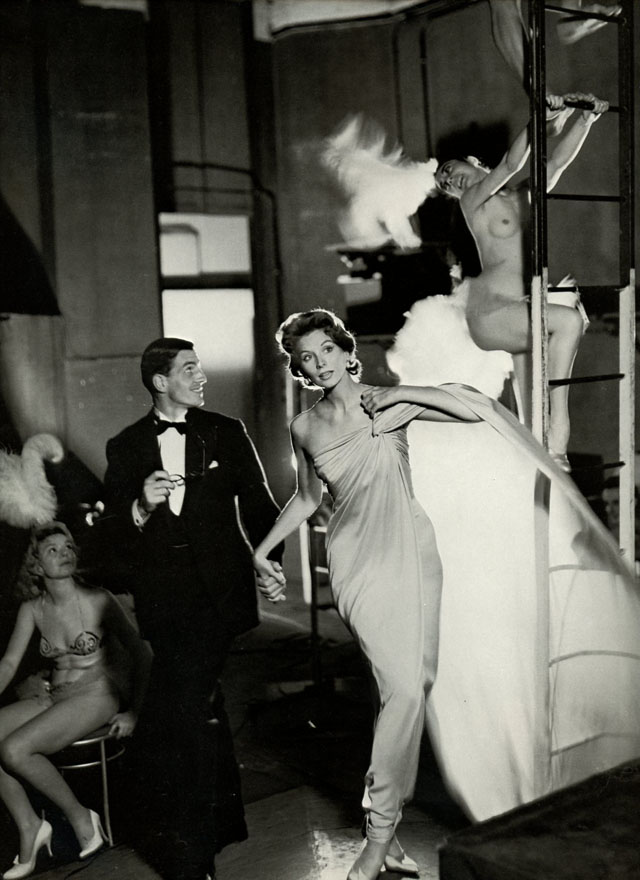 Storytelling is a strong element in Richard Avedon photographs in the 1940’s and 1950’s. Here Suzy Parker and Robin Tattersall in an evening dress by Griffe (Moulin Rouge, Paris 1957).
Storytelling is a strong element in Richard Avedon photographs in the 1940’s and 1950’s. Here Suzy Parker and Robin Tattersall in an evening dress by Griffe (Moulin Rouge, Paris 1957).
The reason for their work to be influenced by social documentary photographs is because they began to take their cameras outside the studio. This therefore made the images feel more realistic to the audience, however they were idealized moments that enabled;
‘women to imagine what they would look like, to men, in this situation or outfit, without having to commit themselves in any way to that situation or that outfit’ (Barnard 1996:120)
Then, in the 1960’s, there were 3 new photographs who changed the style of fashion photography;
‘The emphasis on sexuality in fashion photography was promoted by the self-styled ‘Terrible Three’ – David Bailey, Terence Donovan and Brian Duffy’ Page 146
These photographs were working-class Londoners with an irrelevant attitude to the world of fashion and the pretensions of its protagonists. Their work was a dominant theme that represented women’s independence, yet at the same time also placed value on beauty, sexuality and success.

David Bailey’s photograph: an East End woman in the 1960s London.
One can see the way Bailey has placed value on beauty, sexuality and success in the above image. This is shown by the comparison of a faux girl in the background and a working class citizen in the foreground. It makes the viewer compare the women, in all of these aspects.
In the 1970’s these themes continued by photographers such as Guy Bourdin and Helmut Newton. These photographers could barely be seen as documentary, as they were very explicit photographs. Therefore, these photographers had to suffer consequences;
‘They therefore encountered charges of misogyny and sexism; the photographers were accused of being exploitative and regressive. Here, fashion photography encountered critical discourse – and entered the public consciousness – through feminist debate.’ Page 146

Guy Bourdin, photograph of Burlesque.

Helmut Newton Saddle I, aus der Serie: Sleepless Nights, Paris 1976.
As shown above one can understand why women would be offended by Bourdins and Newtons images, as their photographs are trying to make it socially acceptable to make women be sexual objects.
In 1980 there was another new style in fashion photography which is known as ‘straight up’. This style is featuring people spotted on the streets rather than using professional models. It was classed as fashion photography because there would be credits stating where the subject had bought their clothes. The style of this decade was known as ‘punk’ and ‘grunge’. Photographers such as Steve Johnston and James Palmer photographed in a ‘straight up’ style and of people dressed in the punk outfits.


Examples of work by Steve Johnston.


Example of work by James Palmer.
Then in the 1990s it became the decade of ‘Harsh Reality’ in fashion photography. The main four photographers of this genre were Corinne Day, David Sims, Juergen Teller and Nigel Shafran. They all shared a similar aesthetic based around notions of realism;
“There style had its roots in the insecure political climate of post-Thatcherism and global recession; there was a perceived platform for change.” page 148
Corinne Day ecompassed the mood of the new decade with a seemingly ‘unprofessional’ technique, represented by her series of photographs of Kate Moss which wasn’t currently a ‘supermodel’ at this period of time in her life. The set of photographs appeared in The Face in 1990.

The Face in 1990, Kate Moss, taken by Corinne Day.
Due to the way the model, Kate Moss, responded in front of the camera, these photographs link to Twiggy in the 1960’s. Both models came across as ordinary people in the photographs, due to the way they smile and have squinty eyes etc. making them not look as superficial as other models, and more relatable to everyday people. The difference was Twiggys photos were taken by a man, therefore the males sexual desires were placed onto the model.

Model Twiggy from the 1960s.
‘Behaving like ‘human beings’ and documenting ‘realistic’ activities became a prominent feature of contemporary fashion photography in the early 1990’s, and dominated the decade.’ escaping to reality, Elliot Smedley. page 143
In conclusion, one can see visually, there are always themes that continue to appear from past decades into contemporary work. This is due to being inspired by past photographers, and creating new themes by combining past ones. The main theme which stands out to me throughout the decades in fashion photography is trying to make the viewer feel relatable to the models in the images, and therefore they can therefore image themselves in this costume.

 Depicted above is a quick diagram made in Photoshop, using many different layers, showing how I might set up my final pieces as two separate but equally as important designs. I created this simple example to show how (depending on how my images work together) it might be best to split them up into symbolism and documentary/studio and location photographs and present them as two different projects, done on the same environmental awareness subject. To create this kind of presentation I will print of my finals as a mixture of A3, A4 and A5 pieces and spray mount them onto two separate large white boards.
Depicted above is a quick diagram made in Photoshop, using many different layers, showing how I might set up my final pieces as two separate but equally as important designs. I created this simple example to show how (depending on how my images work together) it might be best to split them up into symbolism and documentary/studio and location photographs and present them as two different projects, done on the same environmental awareness subject. To create this kind of presentation I will print of my finals as a mixture of A3, A4 and A5 pieces and spray mount them onto two separate large white boards.






 – Mixture of stock images and other artists interpretations of this theme.
– Mixture of stock images and other artists interpretations of this theme. 









